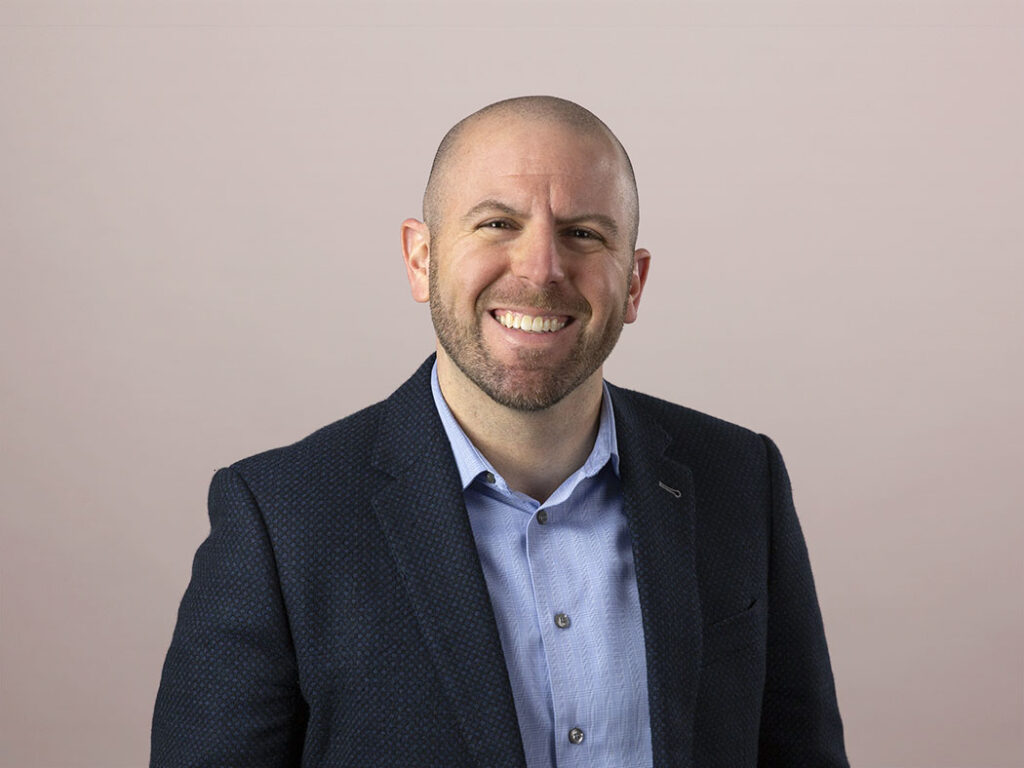How to Charge More, Offer “Less” and Get Better Conversions
Having a small pricing differential between your mid-tier and top-tier offerings and offering other valuable benefits with the top tier can be a useful strategy to entice customers to choose the top-tier option.
Last week, the popular photo-sharing site Flickr made headlines for increasing its photo storage to 1 terabyte per user – enough space to store 537,731 photos, by Flickr’s calculations.
Flickr’s competitors – many of which have offered unlimited storage (with minor restrictions) for years – might be wondering why Flickr got attention for offering an amount of storage that is technically less than what they provide.
Remember when dial-up Internet ruled the world and AOL gave away millions of CDs offering free Internet access? Some CDs provided unlimited access for a trial period, usually 45 days. Others offered 1,000 hours free during the same trial period.
The CDs offering 1,000 free hours were much more successful at converting signups and attracting new users than those offering unlimited access. Even though a user would need to be online for more than 22 hours every day for 45 days to use up the 1,000 hours provided, seeing a number rather than “unlimited” led people to convert in higher numbers.
Flickr likely adopted this strategy by offering a “very high” level of benefit, which people perceive as more valuable than an “unlimited” benefit.
Let’s look at how you can apply this psychology to business-to-business offerings. Think about product or service benefits you offer at an unlimited level, such as unlimited lifetime replacements, unlimited 24-hour customer service or unlimited user accounts.
Consider instead offering a very high limit, such as up to 500 replacements over the unit’s lifetime or up to 5,000 user accounts. Granted, some customers will likely do the math and realize that they will never take advantage of the full benefits. To avoid backlash, you can apply benefit levels with a tiered pricing strategy.
For example, if you offer training and support packages for your product, maybe your base package offers five hours of training and support per month. A next-level package might provide 10 hours – better for many customers, but still reasonable to tap out. Your top tier might offer 500 hours of training and support per month, rather than unlimited. The psychological impact of seeing a high number may be more compelling to buyers.
Having a small pricing differential between your mid-tier and top-tier offerings and offering other valuable benefits with the top tier can be a useful strategy to entice customers to choose the top-tier option. Using the above example, if the difference between the base package with five hours of training and the mid-tier package is $100/month, but the top-tier option is only $15/month more, customers considering the mid-tier package may spend the additional money for the top-tier package. If the customer rarely uses more than 10 hours of training in a given month, then that additional $15/month is almost pure profit.
Ideally, you will find elements of your offering that can provide incremental benefit to customers without increasing your incremental cost. The incremental cost to Flickr of providing 1 terabyte of storage per user vs. 800 gigabytes is likely minimal, because the cost of storage is low and only a small percentage of users will hit the maximum.
In a recent post I explained the importance of understanding product features and minimum values from the customer’s perspective. For example, Flickr’s offer of 1 terabyte of storage would not have been as valuable if the company limited the number of photos users could upload per month. A strategy of offering very high limits rather than no limits makes sense only if you have already fulfilled all of the minimum buying requirements.
